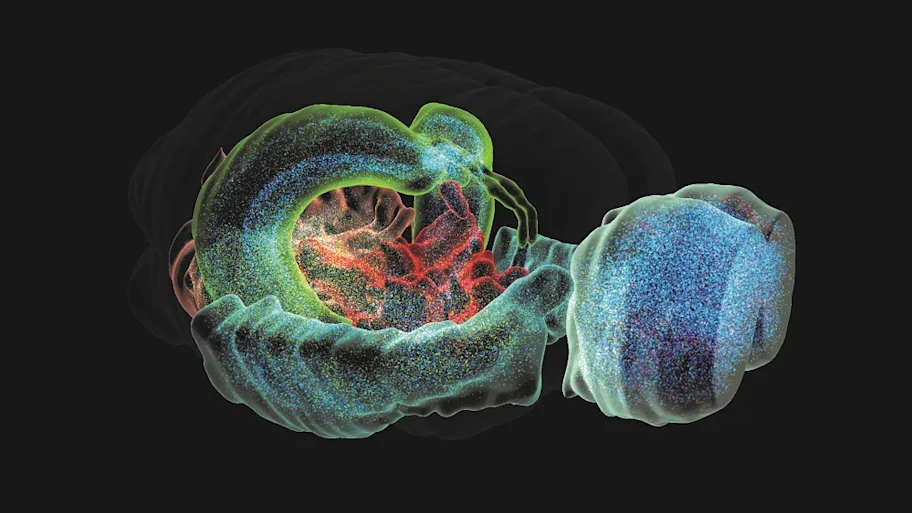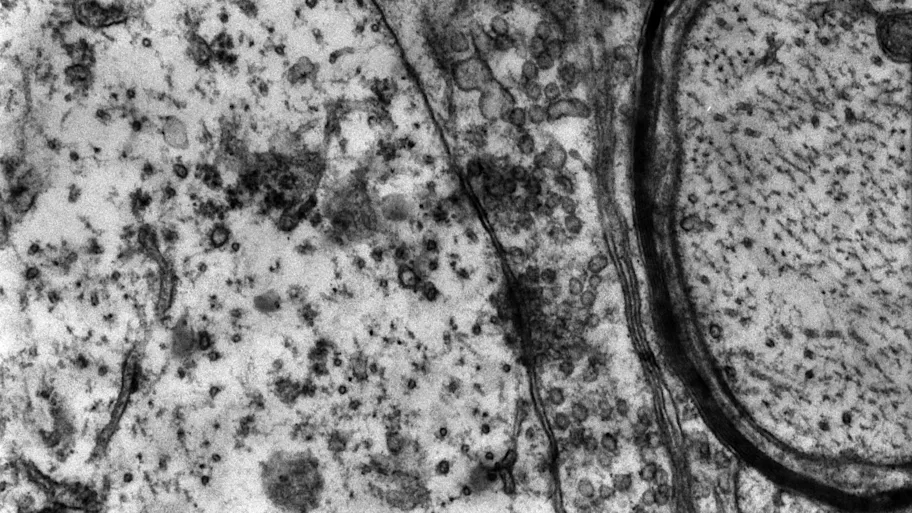
- Science News
- Featured news
- Infographic: How grid cells in the brain help us navigate the world
Infographic: How grid cells in the brain help us navigate the world

Image: Corona Borealis Studio/Shutterstock.com
Have you ever asked yourself what is it in our brains that actually helps us navigate in the world? Helping us answer that question, Prof May-Britt Moser won the Nobel Prize in Physiology or Medicine in 2014 for the discovery of cells that constitute a positioning system in the brain.
When you think about navigation, what is the first thing that comes to mind? Is it the well-known GPS system in your cellphone? An underwater journey of a submarine to its destination? Or perhaps a team assignment in the scouts, to find your way back to the camp at night? Would you be surprised to know that our brains have a built-in navigation system responsible for representing our location in the environment and for orienting us so that we can successfully get from one place to another? This mental representation of the environment is often called a cognitive map and was the focus on a Nobel prize-winning paper published by Prof May-Britt Moser.
► Read and download (pdf) of original article
While navigation in the environment appears seamless and automatic, the brain’s navigation system is actually quite complex, composed of several brain regions and various cells types. Moser’s article will lead you through a journey of riddles about navigation, which will eventually bring you to a very special system of nerve cells in the brain called grid cells.
Moser was one of several Nobel laureates to have published as part of an article collection in Frontiers for Young Minds earlier this year. You can find the whole collection by clicking here and you can see a larger version of the infographic below by clicking on the image.

Image: 5W Infographic/Frontiers
REPUBLISHING GUIDELINES: Open access and sharing research is part of Frontiers’ mission. Unless otherwise noted, you can republish articles and infographics posted in the Frontiers news site — as long as you include a link back to the original research. Selling the articles is not allowed.






